Conservation status Rare breed Scientific name Sus scrofa domesticus Rank Breed | Country of origin United States Higher classification Domestic pig | |
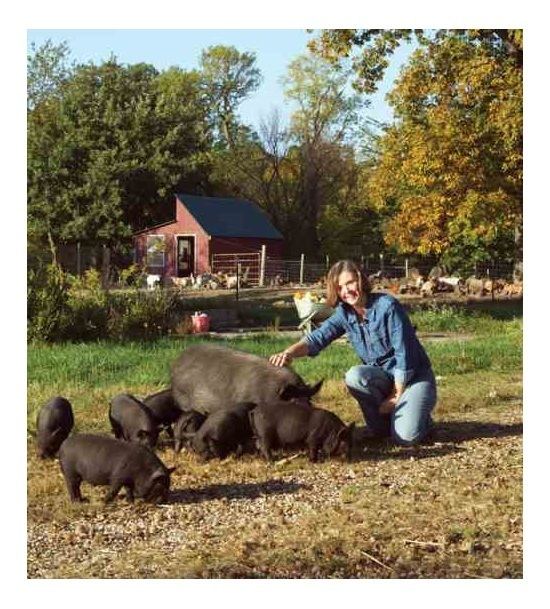 | ||
Other names Pineywoods Guinea
Guinea forest hog
Acorn eater
Yard pig Weight Male: Under 200 pounds (91 kg)
Female: Under 200 pounds (91 kg) Similar Mulefoot, Red Wattle hog, Ossabaw Island hog, Kunekune, Tamworth pig | ||
The Guinea hog, also called the pineywoods Guinea, Guinea forest hog, acorn eater, and yard pig, is a breed of domestic pig originating in the United States. Despite its name, the breed is not from the country of Guinea, though the foundation stock is thought to be derived from West Africa. The Guinea hog is a rare breed with a black coat, sturdy body, curly tail and upright ears.
Contents
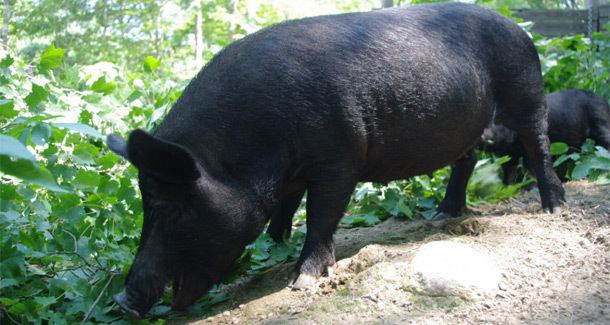
Characteristics
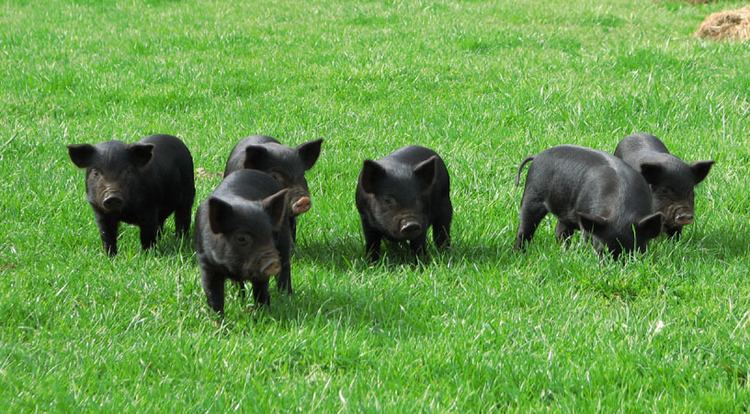
Guinea hogs are small pigs compared to modern breeds; they weigh less than 200 pounds and will yield 50 to 100 pounds of meat and fat. They are good as free-range foragers but are also at home in a farmyard and are reasonably even-temperered. The Guinea hog is not used for commercial farming because of its small size and high lard content. There are two types of Guinea hog in North America, small-boned and large-boned Guinea hogs, the latter having longer legs. There is also a type of Guinea hog in South America.
History
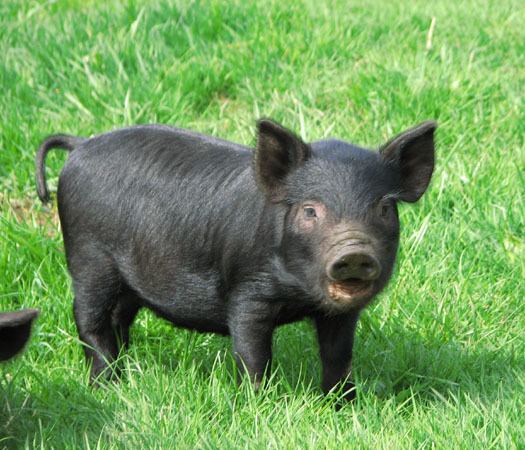
The name derives from the origins of the Guinea hog on the Guinea coast of West Africa. The true African Guinea hogs are a large, red breed with upright ears, bristly hair and long tails, suggesting genetic influence of the Nigerian black or Ashanti pig. They were brought to America on slave ships. Around 1804, Thomas Jefferson acquired some of these pigs, which had arrived from Africa via the Canary Isles. The original strain, although basically black, also had a hint of red and were consequently called "red Guineas"; that strain, well known at the beginning of the 19th century, is extinct.
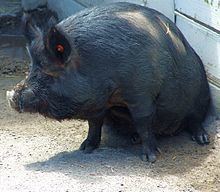
Later they were crossed with other breeds, including Appalachian English pigs, Essex pigs, and West African dwarfs. This new breed, the American Guinea hog retained its black colour but lost the red tint and is sometimes called a black Guinea. These pigs were popular with subsistence farmers, not only through their ability to forage for themselves, but also because their habit of eating snakes made the farmyard safe for children and livestock.
The breed fell out of favour after around 1880, and for a while was in danger of being entirely lost. The red Guinea no longer exists and its exact relationship with the American Guinea and what proportions of other breeds are in its background are not known for certain. However, that there is a relationship is shown by the occasional birth of a reddish pig to the normally bluish-black American Guinea parents. It is suspected that there were a number of distinct American Guineas in the past. In 2005 the American Guinea Hog Association was formed which works to ensure its continued existence. The Guinea hog is also included in Slow Food USA's Ark of Taste, a catalog of heritage foods in danger of extinction.
